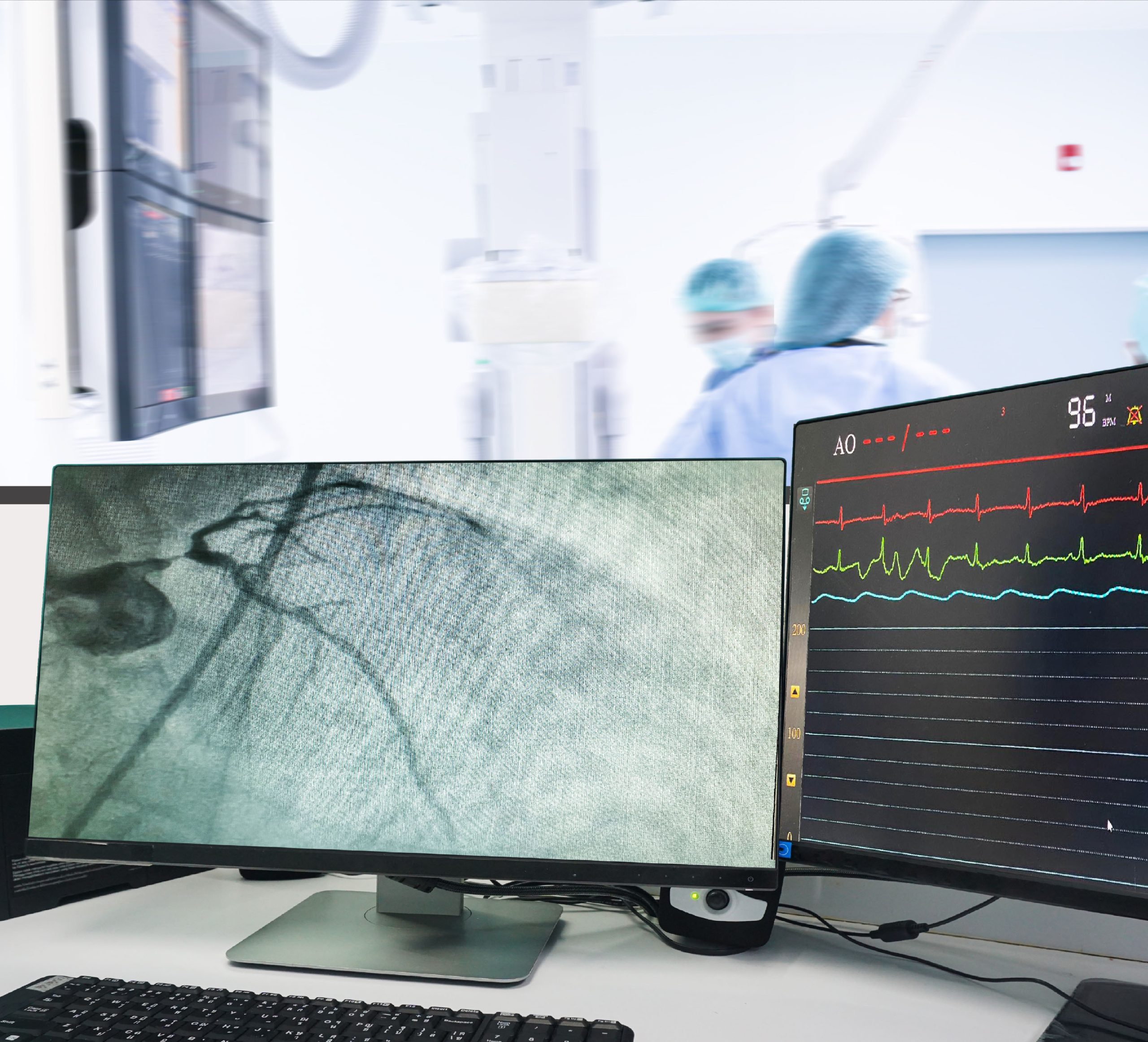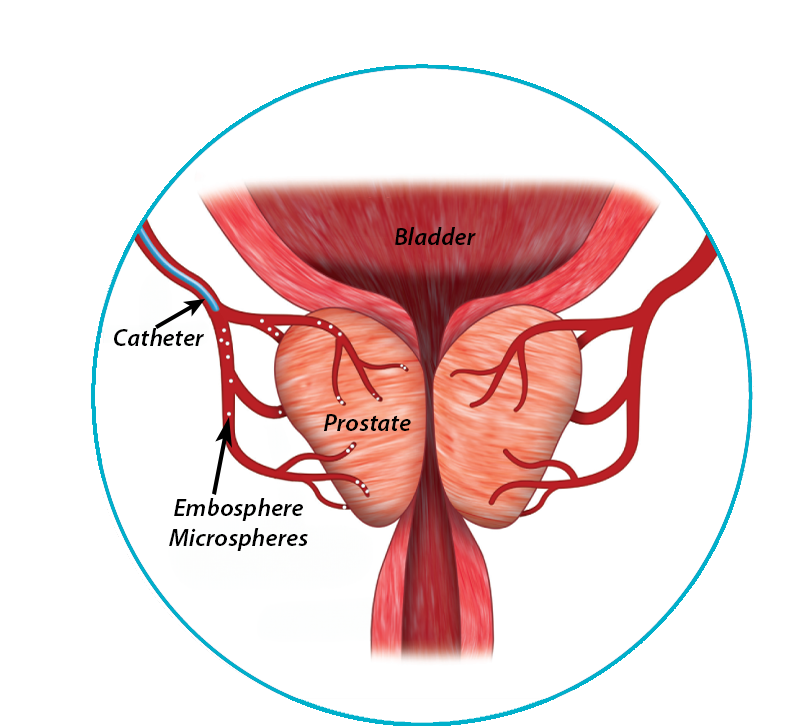What is Benign Prostatic Hyperplasia (BPH)?
Benign Prostatic Hyperplasia (BPH), also known as prostate gland enlargement, is a common condition among aging men. It occurs when the prostate gland, which surrounds the urethra (the tube that carries urine from the bladder out of the body), gradually enlarges.
The exact cause of BPH is not fully understood, but it is believed to be related to hormonal changes associated with aging, particularly the conversion of testosterone to dihydrotestosterone (DHT). As men age, the prostate gland tends to increase in size, which can lead to compression of the urethra and subsequent urinary symptoms.
Symptoms of BPH can include:
- Frequent or urgent need to urinate
- Difficulty starting urination
- Weak urine stream
- Dribbling at the end of urination
- Incomplete emptying of the bladder
- Straining to urinate
BPH is a non-cancerous condition, but it can cause bothersome urinary symptoms that significantly impact a man’s quality of life. While not all men with BPH will experience symptoms, those who do may seek treatment to alleviate discomfort and improve urinary function.
What is Prostate Artery Embolization (PAE)?
Prostate artery embolization (PAE) is a minimally invasive procedure that helps improve urinary symptoms caused by an enlarged prostate. PAE is a nonsurgical treatment option for men with urinary tract symptoms caused by an enlarged prostate.
Symptoms improve gradually over the next 1-2 weeks after PAE, as the inflammation resolves. Then, the tissue heals and the prostate gland shrinks over the course of 1-2 months. PAE has a high rate of success, with over 90% of men experiencing relief in the first year. Unlike other treatments that may have unwanted sexual side effects, PAE does not affect sexual performance.

Diagnostic Angiography

Embolization

Post-procedural Care
Frequently asked questions
Here are some commonly asked questions and answers about Prostate Artery Embolization (PAE) treatment:
PAE is typically recommended for men who have moderate to severe urinary symptoms due to an enlarged prostate and who have not responded well to medication therapy. Candidates for PAE undergo a thorough evaluation by a urologist and interventional radiologist to determine if the procedure is appropriate for them.
PAE offers several potential benefits, including a minimally invasive approach with lower risk of complications compared to surgery, shorter recovery time, preservation of sexual function, and effectiveness in reducing urinary symptoms.
During the PAE procedure, you will receive local anesthesia to numb the insertion site, typically in the groin or wrist. A small incision is made, and a catheter is threaded through the blood vessels to reach the arteries supplying the prostate. Embolic agents are then injected through the catheter to block blood flow to the prostate. The procedure typically takes 1-2 hours.
Following PAE, you may experience some discomfort or pain at the insertion site, but this can usually be managed with over-the-counter pain medication. Most patients are able to return home the same day and resume normal activities within a few days to a week. It may take several weeks to months for urinary symptoms to improve fully as the prostate tissue shrinks.
While PAE is generally considered safe, there are some potential risks, including temporary urinary retention, urinary tract infection, and rare complications such as damage to surrounding structures or allergic reactions to the embolic agents. Your healthcare provider will discuss these risks with you before the procedure.
Coverage for PAE may vary depending on your insurance provider and individual policy. It’s important to check with your insurance company beforehand to understand your coverage and any potential out-of-pocket costs.
PAE has been shown to be effective in improving urinary symptoms in the majority of men who undergo the procedure, with success rates ranging over 90% in various studies. However, individual results may vary, and some patients may require additional treatments or interventions.
